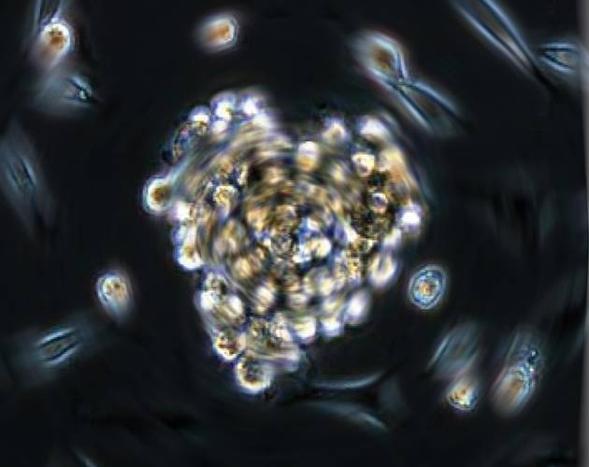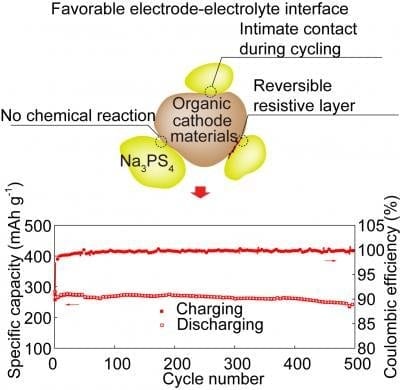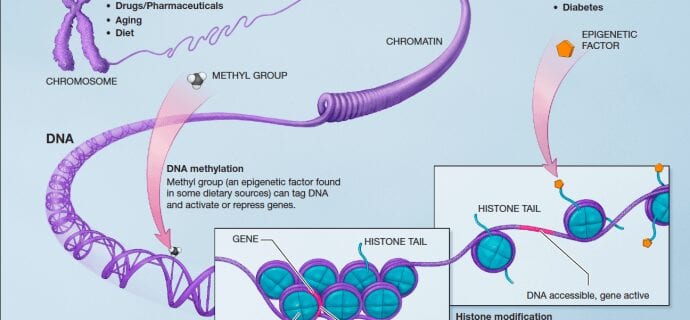
Ten years ago, Skubic’s team developed hydraulic sensors that can be placed under a bed mattress to measure a person’s heart rate and respiration rate. The team used those sensors on this hanging bed to gather data for the mathematical model used in this study.
MU scientists advance a way to track changes in a person’s cardiovascular system
Every heart beat sends blood flowing throughout the human body. While an electrocardiogram uses a contact approach to measure the electrical activity of the heart, a ballistocardiogram is a non-contact way of measuring the mechanical effect of the blood flow through the cardiovascular system.
Giovanna Guidoboni, Marjorie Skubic and a team at the University of Missouri are currently working to develop a standardized model to interpret the results of a ballistocardiogram that could provide an additional approach for early detection of various cardiovascular diseases. Ten years ago, Skubic’s team developed hydraulic sensors that can be placed under a bed mattress to measure a person’s heart rate and respiration rate. They noticed the waveforms were changing over time as people aged, indicating there was additional information coming from those measurements that could be used for tracking health changes.
“Right now, only five percent of the information in the ballistocardiogram is used, but if we can standardize the results, we can provide a map for understanding the underlying causes behind the real physiological motion of our bodies,” Guidoboni said. “This could help in early detection and prevention of cardiovascular diseases such as heart disease.”
Guidoboni joined Skubic’s team and created a mathematical model that allows the team to understand the additional information from the ballistocardiogram and move one step closer to a standardized model.
“Even when we stand or lie still, our mass redistributes inside our body and generates a bodily motion that can be captured with a ballistocardiogram,” Guidoboni said. “By applying our mathematical model, we can see information that we haven’t previously known about an individual’s cardiovascular system, such as the elasticity of the arteries, the contractility of the ventricles in the heart, or the viscoelasticity of the blood vessels. We built a virtual cardiovascular system by mathematically modeling the blood flow in our bodies.”
Learn more: A ‘virtual’ view with a little bit of math
The Latest on: Ballistocardiogram
[google_news title=”” keyword=”ballistocardiogram” num_posts=”10″ blurb_length=”0″ show_thumb=”left”]
via Google News
The Latest on: Ballistocardiogram
- Feed has no items.
via Bing News










